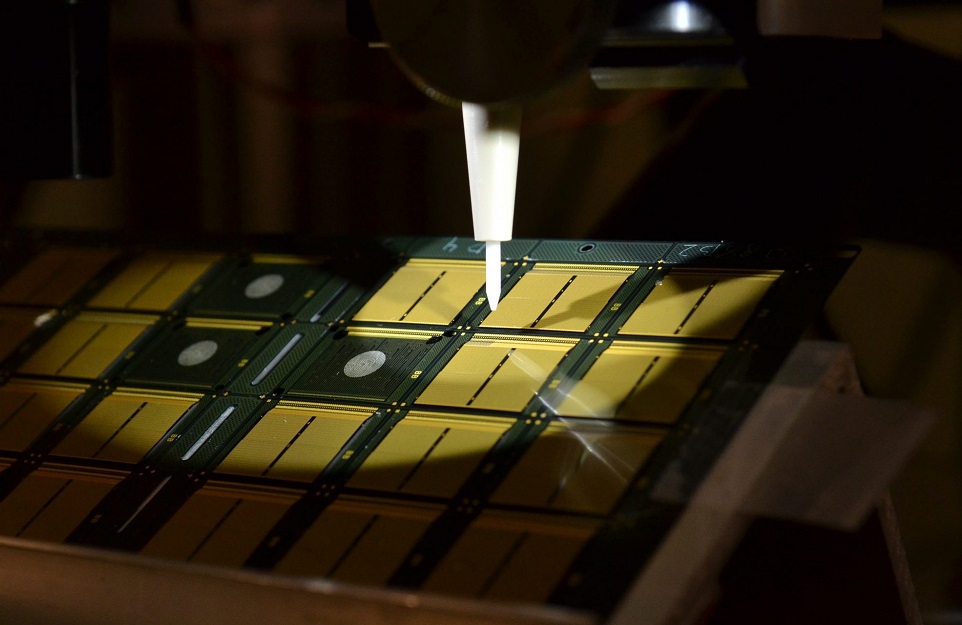On June 27, 2019, it was learned from foreign media that Samsung Electronics is using New Mexico3D printingThe Aerosol Jet 5X system of the company Optomec enables the production of next-generation electronic products.
The 5-axis system is equipped with advanced vision and process control and is designed to produce3D printingElectronic devices, such as antennas, sensors, and molded interconnect devices (MID), have functions ranging from 10 microns to millimeters.
Aerosol Jet Printing Technology
Optomec’s Aerosol Jet Printing (AJP) is a manufacturing technology on 2D and 3D substrates. This eliminates the need for wire bonding-for example, printing electrical connections on 3D stacked chips or for LED chip manufacturing. In addition, the printing module is integrated into the AJP system for high-resolution electronic circuits and equipment, for rapid prototyping, product development, and small-batch production.
The AJP process uses inks such as metal droplets to form structures. The company is still LENS 3D printingThe creator of technology that uses laser sintering of metal powder. Earlier this year, Optomec released the new independent systems LENS CS 600 and CS 800 using this technology.
Optomec’s customer portfolio includes GE, Boeing and the aircraft manufacturer United Technologies, ARDEC’s additive manufacturing plant, the University of Nebraska, NASA and the Air Force Research Laboratory.
 3D printing“alt=” Optomec stack mold electronics3D printing“/>
3D printing“alt=” Optomec stack mold electronics3D printing“/>
3D printingelectronic product
Previously, a team at Draper Labs in Massachusetts used an Optomec aerosol jet printer to replicate some wireless Bluetooth transceivers.In addition, from Washington State University3D printingResearchers on the structure use AJP technology, which resembles the intricate framework of a natural desert.
In addition, Samsung Electronics is also cooperating with Energica to enter the field of additive manufacturing. Energica is the manufacturer of Energica Ego, which is the first Italian company to own3D printingParts of street-legal electric motorcycles.The partner’s Smart Ride project led to the development of Bolid-E motorcycles, including3D printingComponents, such as front and rear headlights and taillight brackets.
(Editor in charge: admin)


 3D printingSystem” alt=”Optomec Aerosol Jet 5X
3D printingSystem” alt=”Optomec Aerosol Jet 5X
0 Comments for “Samsung Electronics plans to use 3D printers to produce next-generation electronic products”